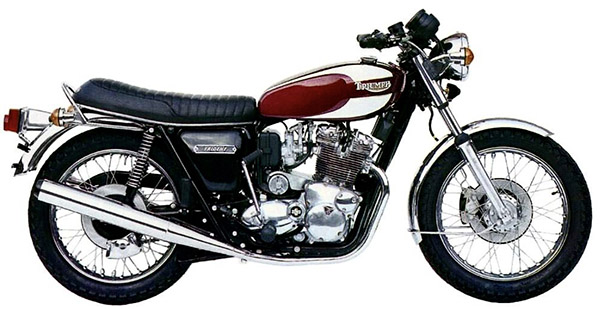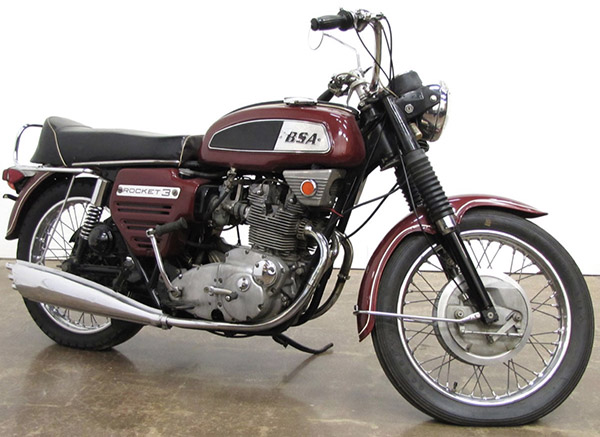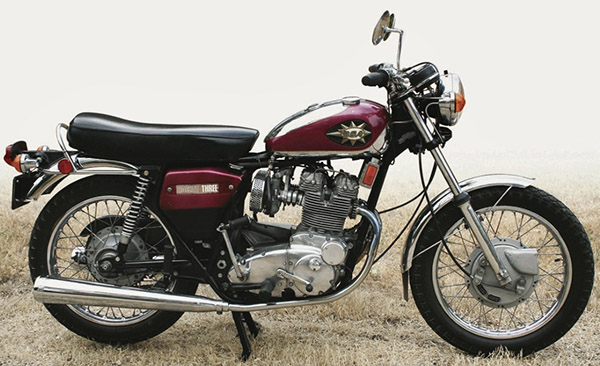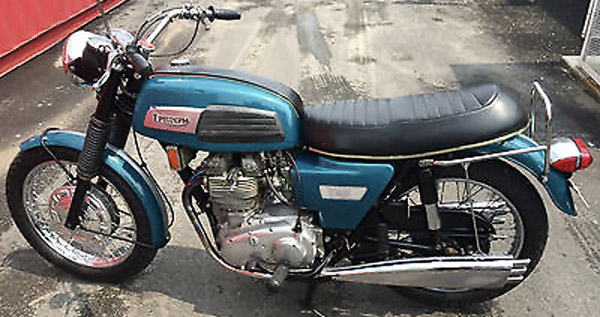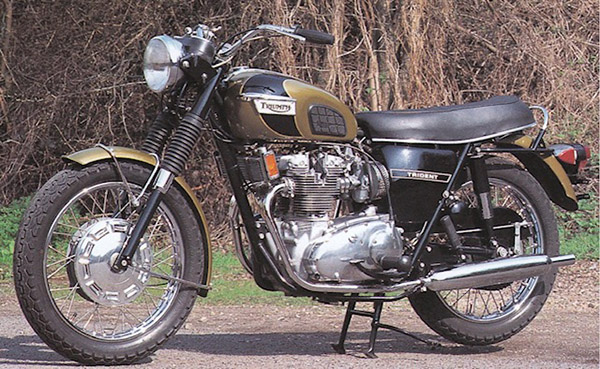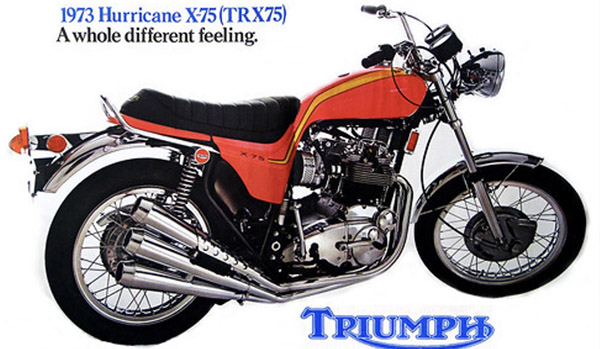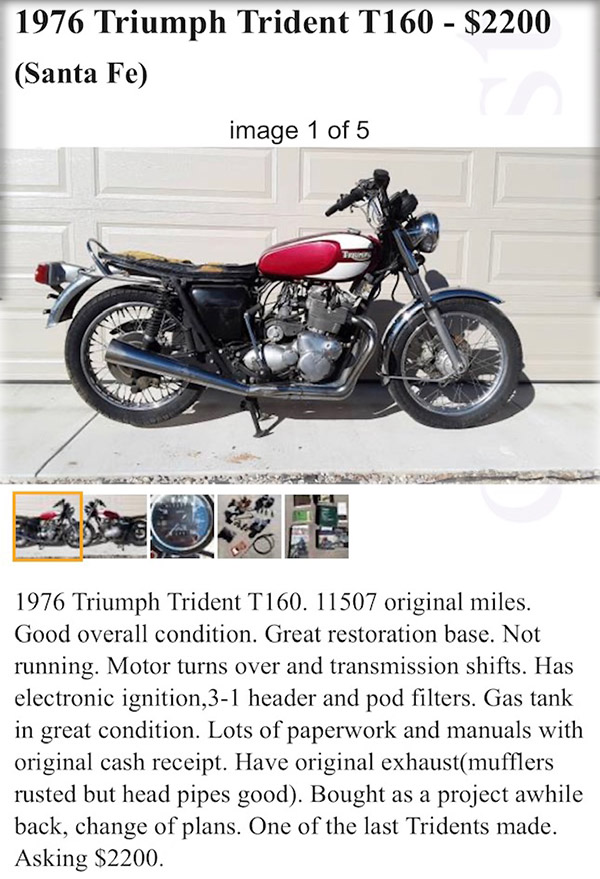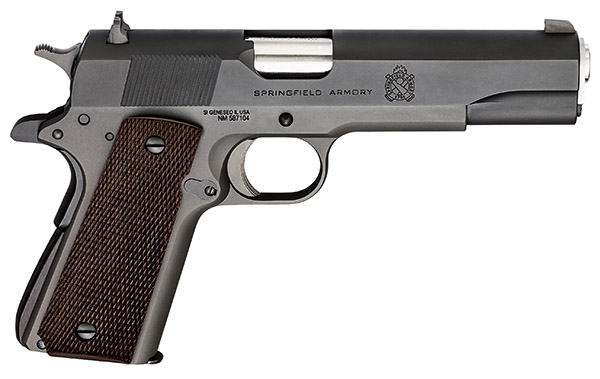CSC recently announced that it is bringing a new line of electric bicycles to America, and as they have done with their motorcycles, their dealerless path-to-market is allowing them to do so at prices well below any of their competitors. I’ve seen and ridden the CSC ebikes, and they are a lot of fun. Here’s the CSC press release that came out yesterday.

CSC Motorcycles, renowned for its exceptional customer service, brings its smart sourcing and innovative delivery model to electric bicycles with the new FT750-26 and FT750-20. Both fat-tire bikes are specced out with quality components and desirable features that deliver unmatched value in the e-bike marketplace. Delivered to your door for only $1,688.
“I became frustrated when I was shopping for an electric-assist bicycle, trying to sort through the cheap junk and the expensive stuff that costs more than our motorcycles,” explained Steve Seidner, CSC’s president. “After doing extensive research, I was able to source the exact componentry to build an e-bike that is the perfect balance of quality and value.”
The FT750 is built around a lightweight aluminum chassis rather than heavier steel frames, and it uses a battery pack that fits integrally into the frame’s downtube for an ultra-clean appearance compared to the tacked-on battery of lesser competitors. The battery uses high-quality Samsung lithium cells to deliver 653 watt-hours of energy, enough to help power the bike for 25 to 40+ miles, depending on the amount of pedal assistance provided by its rider.
The lockable battery pack sends its energy to an intelligent brushless controller and then to a first-rate Bafang motor mounted in the rear-wheel hub that delivers a healthy 750 watts of power. Pedal-assist rates can be adjusted to five levels, while a thumb-operated throttle can power the FT750 to 20 mph (max speed for Class 2 electric bikes) without even pedaling. Adding pedal power can boost maximum speed above 25 mph.
Like the Samsung battery, Bafang motor, and 6061 aluminum frame, the rest of the FT750’s components are also premium quality. Some bicycle brands use primitive cable-actuated brakes, while CSC chooses Shimano hydraulic brakes biting on huge 180mm stainless steel discs for superb control.
The esteemed Shimano brand is also found on the 7-speed Freewheel gear set and Tourney derailleur that provides adaptable gear ratios to tackle everything from steep hills to urban road speeds. The Shimano index shifter clearly displays which gear is selected. A dual-sided front sprocket guard ensures the chain remains on track even when ridden over rough terrain.
Rider comfort is aided by a front suspension with 3.94 inches (100mm) of bump-absorbing travel, able to be fine-tuned with 8 levels of damping adjustment plus a lockout setting, as well as spring-preload adjustability. Fat Kenda Juggernaut tires look brawny and provide additional bump absorption.
Lightweight aluminum is also used for key components such as the pedals and crank, wheel rims, and tapered handlebar. Instrumentation is via a 2.6 x 3.8-inch LCD display that monitors speed, pedal-assist rate, battery charge, trip information and even ambient temperature.
Thoughtful convenience and safety items are part of the FT750 package. LED headlights and taillights enhance rider conspicuity, as does a handlebar-mounted bell. A handy USB port is provided to power electronic devices, and a water bottle holder enables riders to stay hydrated. A protective cage is fitted over the derailleur to prevent drivetrain damage, and frame tabs are ready to mount rear fenders or racks.
In addition to the FT750-26, CSC offers a version with 20-inch wheels (FT750-20) that reduces the step-over and seat heights but retains all of the features of its bigger brother. CSC’s electric bicycle lineup will be growing in the coming months, and a range of convenience and comfort accessories will soon follow.
The FT750’s modest $1,688 price is due to CSC’s innovative business model of selling direct to consumers, and the price includes free shipping anywhere in the contiguous 48 U.S. states. CSC’s bikes include a 12-month warranty backed by a company dedicated to outstanding customer service.
The FT750s are available in Gloss White or Matte Black and are simply ordered via CSC-ebike.com.
Like I said above, I’ve ridden these bikes and they are pretty cool. You can set up the drive system so that the bike acts just like a regular bicycle with no power assist, or you can dial in a pedal assist system at up to five different levels. What that means is that when you pedal, you get an extra boost from the electric motor. I really like it.


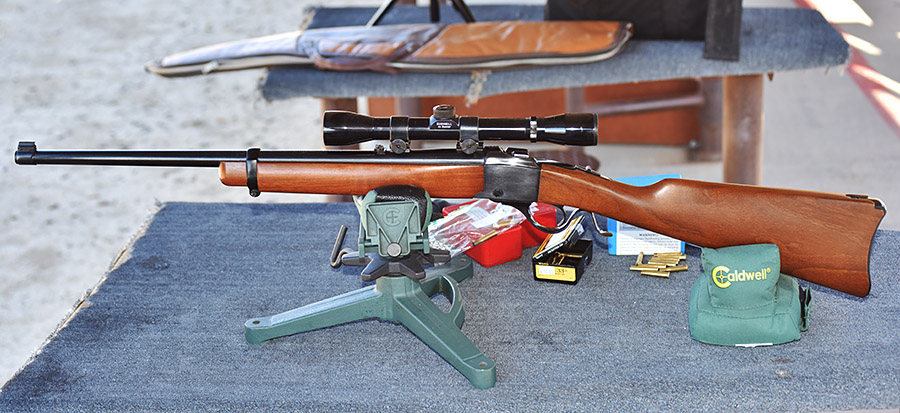
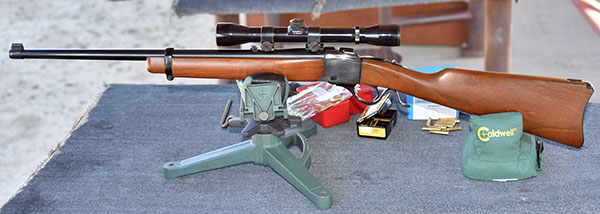
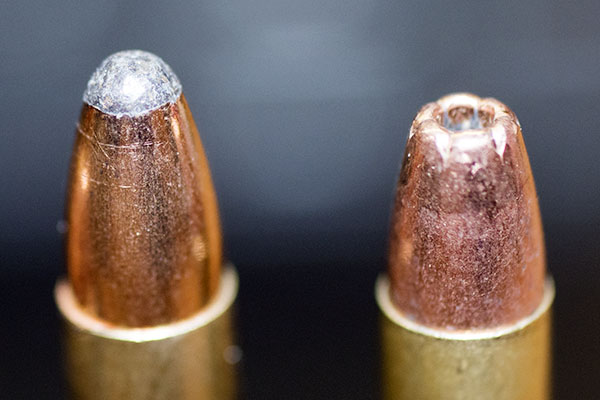
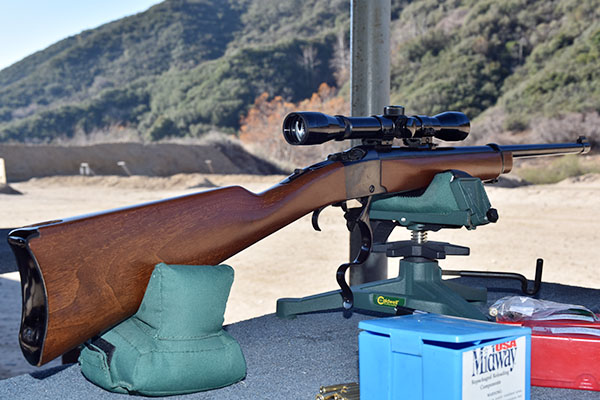
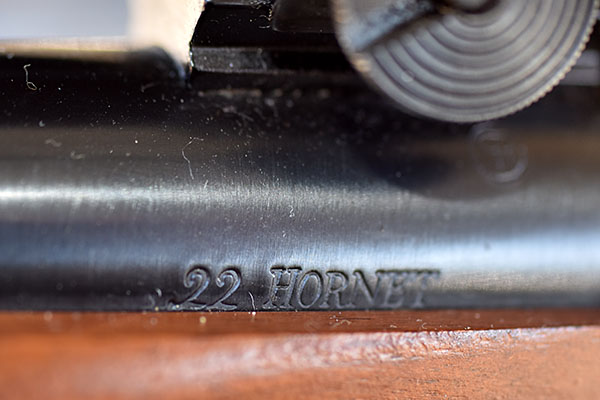
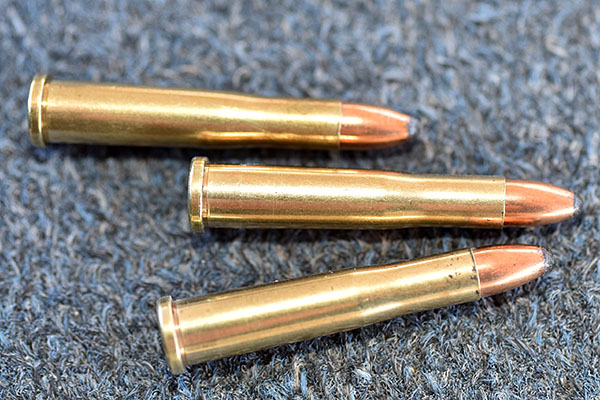
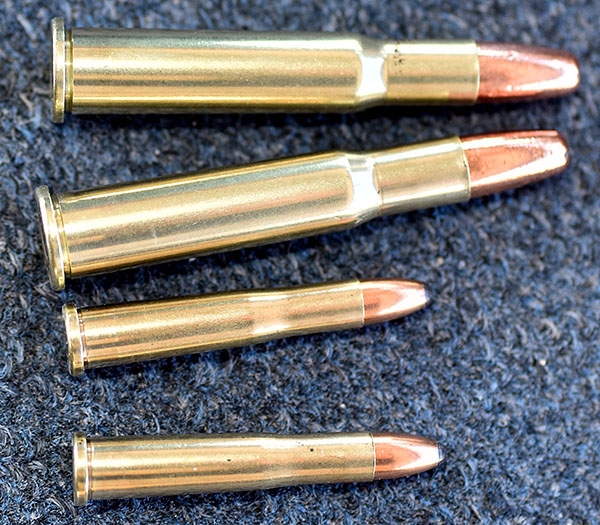
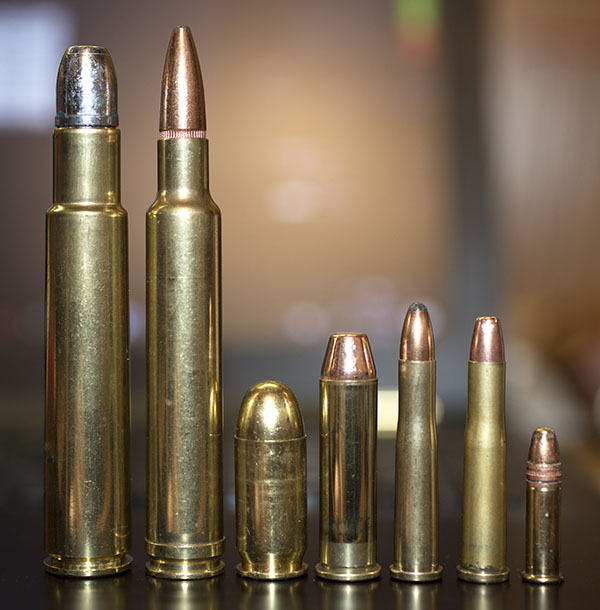

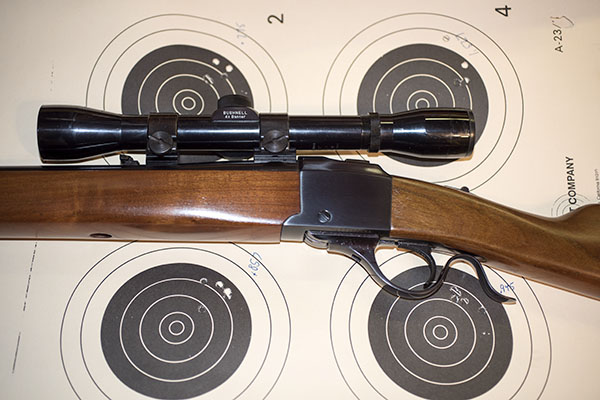
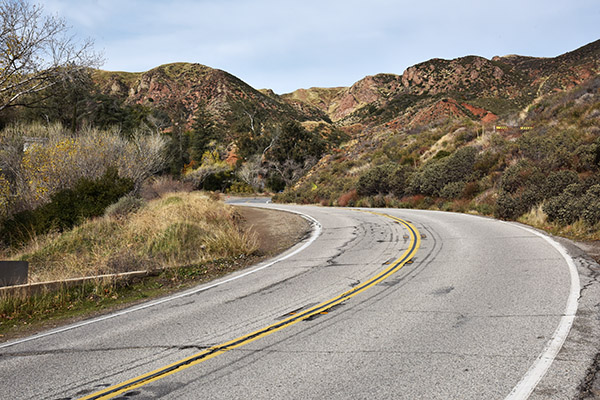
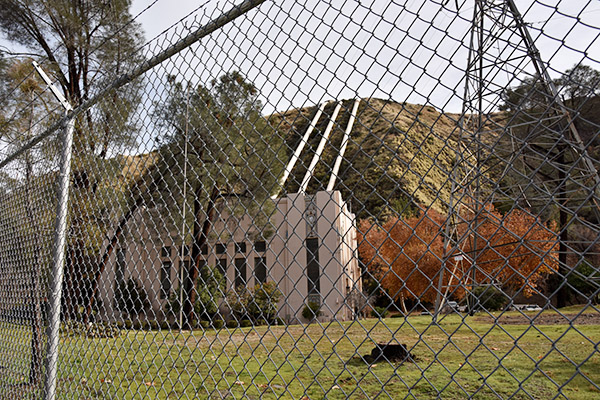
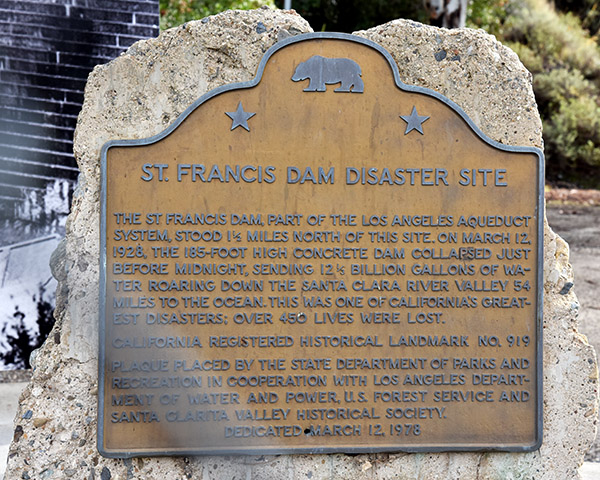
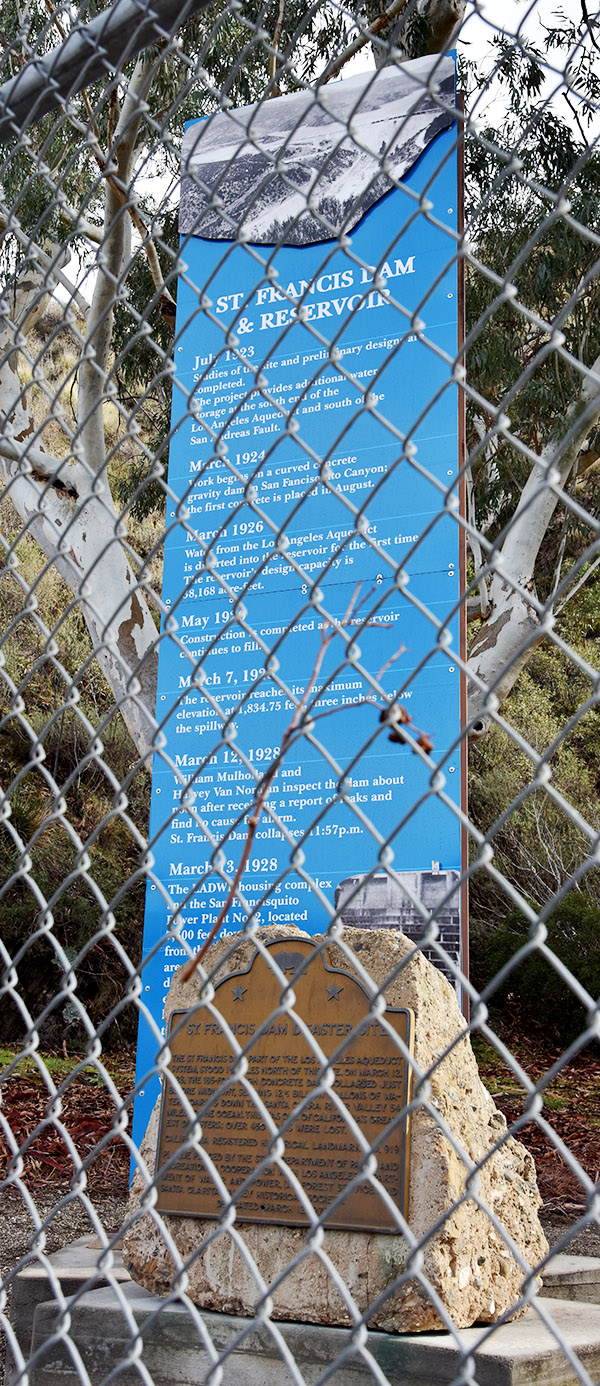
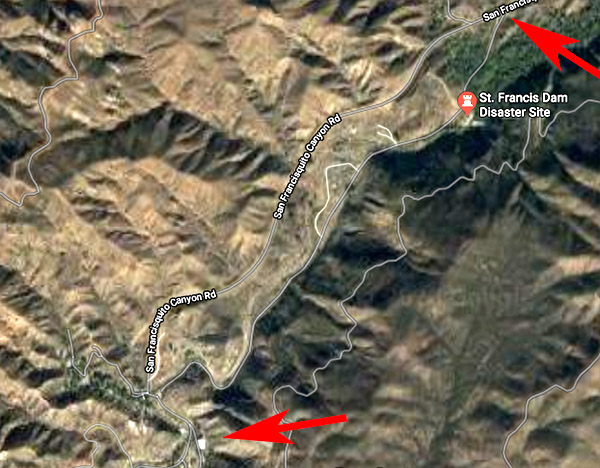
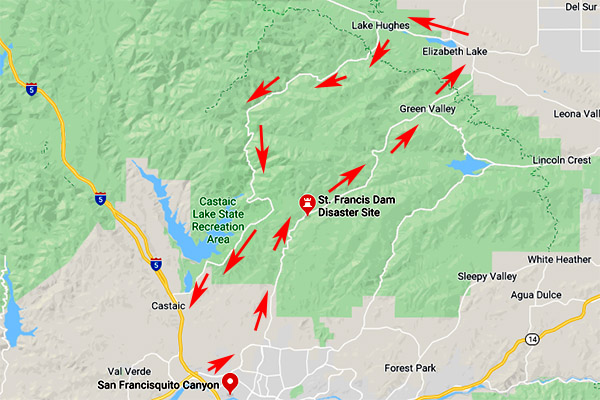
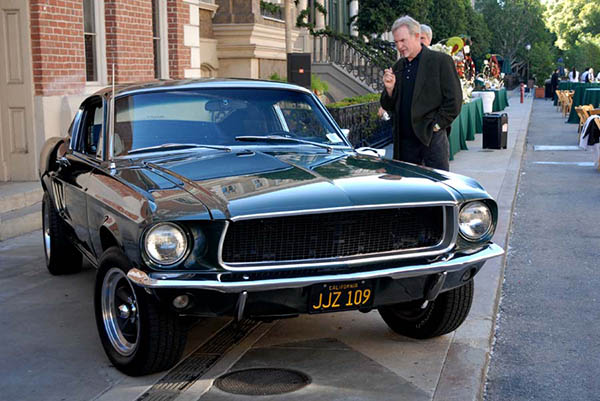
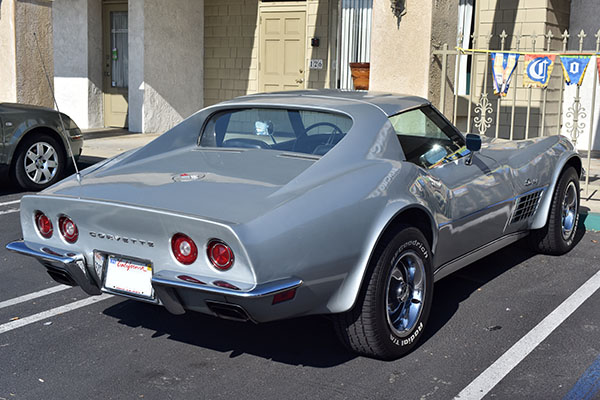
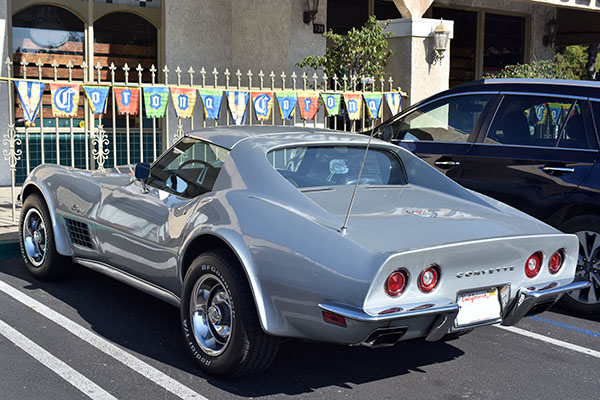 I love old Vettes, and I think the C3 body style is one of the best. I also like the C1, the C2, the C4, the C5, and well, you get the idea. I like Corvettes.
I love old Vettes, and I think the C3 body style is one of the best. I also like the C1, the C2, the C4, the C5, and well, you get the idea. I like Corvettes.